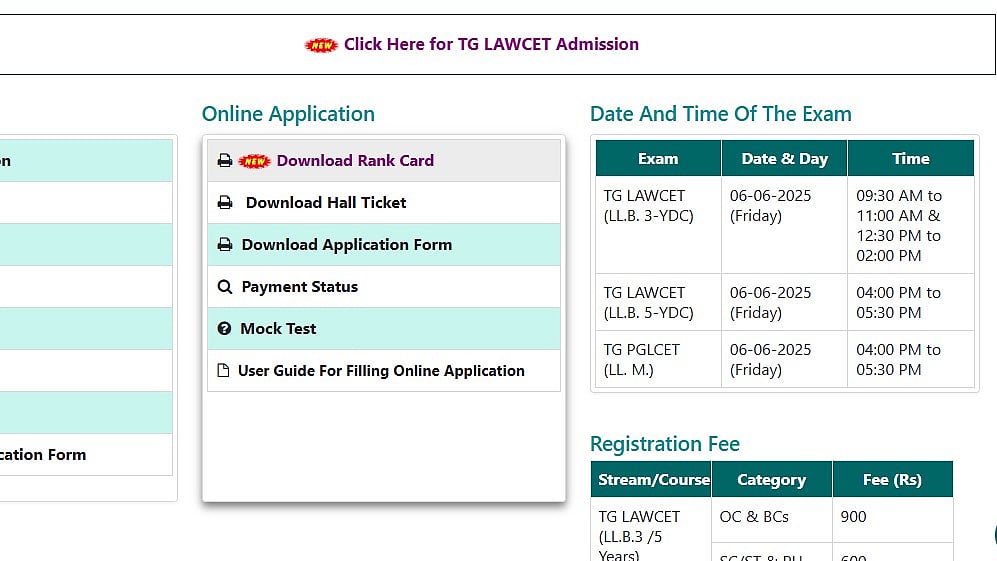So you want to invest and make some money? Well then let's talk about investment strategies! Investment strategies primarily revolve around how to allocate your capital across different asset classes, minimize risk, and maximize returns at the same time. It may sound simple, but it's not! Investment strategies are important because they help you outline your financial goals, understand the different types of investments, and ultimately make informed financial decisions. But wait, before we dig into investment strategies, let's talk about the risk-return trade-off. Higher the potential return of an investment, greater is the risk involved. So, it's important to note that there is no such thing as a risk-free investment. This means that you need to be careful about where you invest your money. Now that we have got the basics out of the way, let's dive into the world of investment strategies and learn how to make our money work harder for us!
Identifying your investment goals
Investing blindly without any goals is like going on a road trip without any destination in mind. You don't know where you're headed or what you'll end up with. This is why it's crucial to identify your investment goals before even thinking about investing. Short-term goals are those that you wish to accomplish within a few years, like purchasing a car or funding a vacation. On the other hand, long-term goals are those that take years to achieve, such as buying a home or saving for retirement. It's important to have a mix of both short and long-term goals to balance out your portfolio. But hold on, before you start setting unrealistic goals of buying a private island by next year, it's important to set realistic goals. Don't forget that we're here to invest and make money, not to become delusional about our dreams. It's always a good idea to do some research and create a plan that's achievable. It's easy to get caught up in the excitement of investing and forget about why we're investing in the first place. So, take some time to reflect on your goals and see which investment strategies align best with those goals. Remember, investing is not about quick gains. It's about long-term stability and growth.
Diversification
Diversification is the practice of spreading your investments across different asset classes, geographies, sectors, and securities. The idea behind diversification is simple; don't put all your eggs in one basket. It reduces the risk of losing money if one investment performs poorly. Diversification is important because it helps you take advantage of different market conditions and reduces risks. It prevents your investment portfolio from being impacted negatively by events in a single market or sector. By diversifying, you can achieve a balance in your portfolio that can offer stability and long-term growth. There are several types of diversification, such as investing in stocks, bonds, real estate, commodities, and currencies. You can also diversify geographically by investing in international funds or by buying companies that operate in different countries. It can also be achieved by investing in securities with different maturities, credit ratings, and yields. Remember that diversification does not necessarily guarantee better performance or protect against losses, but it can help manage risks. It also doesn't mean you should invest in anything and everything, but rather, it should be based on your investment goals, risk tolerance, and investment strategy.
Asset allocation
Asset allocation is an essential strategy in maximizing returns. It involves dividing your investment portfolio among different asset classes, such as stocks, bonds, and cash, based on your investment goals, risk tolerance, and time horizon. Understanding asset classes is crucial for asset allocation. Stocks provide potentially higher returns but come with higher risks, while bonds offer lower returns but are less volatile. Cash, on the other hand, provides little to no returns but is highly liquid. Defining your asset allocation also requires identifying your investment goals and risk tolerance. Aggressive investors with longer time horizons may allocate more to stocks, whereas conservative investors may lean towards bonds or cash. Other factors affecting asset allocation include diversification, market conditions, and your investment horizon. Diversification helps spread risks among different asset classes and may help reduce overall portfolio risk. Market conditions, such as volatility or economic trends, may also influence asset allocation choices. Ultimately, successful asset allocation requires monitoring and adjusting your portfolio periodically to ensure it remains aligned with your investment goals and risk profile. So like choosing the right pizza topping for your taste buds, selecting the right asset allocation based on your appetite for risk and long-term goals is crucial for maximizing returns.
Risk management
So, we have already discussed diversification and asset allocation, but no investment strategy is complete without managing portfolio risk. Identifying the risks in your portfolio is the first step towards building a resilient investment strategy. Now, some of you might be thinking, "oh, but isn't investment all about taking risks?" Yes, you are right, my friend, investment is all about risk. But that doesn't mean you should be reckless. Remember, we are aiming to maximize returns here, not just jump into a bonfire. So, how do we manage these risks? That’s where diversification comes into play. A diversified portfolio can help you manage these risks. By diversifying across different asset classes and sectors you can minimize the risk associated with a particular security or sector. In simple terms, don't put all your eggs in one basket. Still not satisfied? You can also hedge against risk using hedging strategies like options and futures. For instance, if you predict a market downturn, you can use an option to limit losses on your investments. Overall, understanding the risks in your portfolio and managing them using diversification and hedging strategies is imperative to building a profitable investment strategy.
Active vs Passive management
Active vs Passive management: Active management refers to the traditional stock-picking approach, where a fund manager actively selects investments they believe will outperform the market. Passive management, on the other hand, involves investing in a pre-determined index or set of securities. While active management can potentially generate higher returns, it often comes at a higher cost due to trading fees and the need for constant research. On the other hand, passive management tends to have lower fees and can provide more consistent returns over time. Ultimately, the decision between active and passive management depends on individual goals and investment philosophy. If you have the time, resources, and expertise to actively manage your investments, then it may be worth considering. However, for those who prefer a more hands-off approach, passive management may be the way to go. But let's be real, if we all had the skills to actively manage our investments successfully, we'd probably be sipping cocktails on a private island somewhere. So, unless you're Warren Buffet or have access to some insider knowledge, it may be best to stick with the passive approach.
Monitoring and Rebalancing
So, you've made your investment decisions and put your money where your mouth is! That's a great start, but it doesn't end there. The key to a successful investment journey is monitoring and rebalancing your portfolio from time to time. Why is monitoring necessary? Because the market is a dynamic entity that changes every day. You need to stay on top of your investments to make sure they still align with your goals. How often should you monitor? It's recommended to track your investments frequently but not compulsively. Checking your portfolio once every quarter should suffice. When to rebalance? Well, it's time to rebalance when your investments don't align with your goals anymore. By rebalancing, you can retain the desired asset allocation. Long story short, you need to keep an eye on your investments and make necessary changes to succeed in your investment journey.
Conclusion
So there you have it, folks! We've covered a lot of ground in this blog, and it's time to summarize the key investment strategies we've discussed. First and foremost, it's crucial to identify your investment goals, both short and long term, and set realistic expectations. Diversification and asset allocation are vital to managing risk, and monitoring and rebalancing your portfolio is necessary for long-term success. Remember, investing can be complex and requires careful consideration and learning before making any substantial investments. However, it can also be a lucrative opportunity for growth and future financial security. So, start investing and find out for yourself!
(Viral Bhatt is the Founder of Money Mantra, a personal finance solutions firm)












